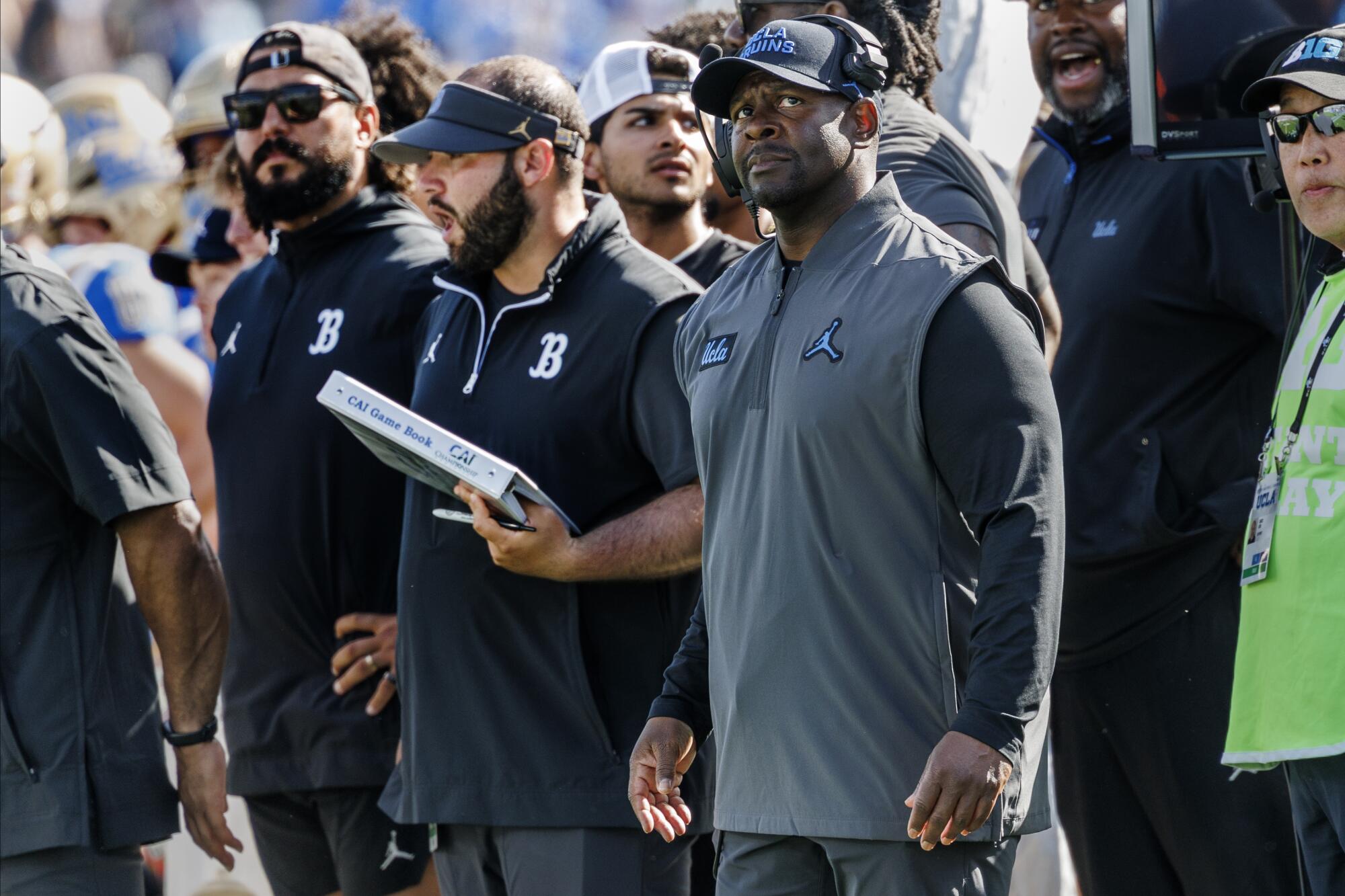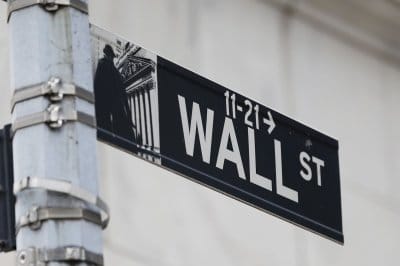Small States, Big Wins: Latin America’s Economic Turnaround
Some of Latin America’s smaller nations are stealing the limelight as US tariffs bring economic headwinds to the region.
Some of Latin America’s smaller states are flipping the script on their larger rivals. Guatemala, Jamaica, and Barbados have all received credit rating upgrades this year and their economies have been bolstered by strong remittance growth and stable labor markets. Meanwhile, traditional stalwarts Brazil, Colombia, and Mexico grapple with uncertainty.
Brazil faces the twin threats of 50% tariffs, courtesy of US President Donald Trump, and the ongoing trial of former President Jair Bolsonaro, which has caught the attention of his friend in Washington. This has the potential to cause further difficulties for incumbent president Luiz Inácio Lula da Silva, but at the same time could revive his stuttering campaign for re-election.
In Colombia, a series of reforms aimed at boosting the rural economy has locked President Gustavo Petro in a series of battles. Attempts to force through reforms that would affect rural areas, including redistributing 570,000 hectares of land and recovering occupied areas linked to paramilitary leaders has seen Petro fight with Colombia’s congress, mayors and even infighting in his own party. Most recently this has been with mayors over a trip to Washington to discuss the war on drugs, with Petro arguing the group of local officials could not represent the country.
Mexico looks to narrowly avoid recession in 2025 as the World Bank estimates 0.2% growth for the year. President Claudia Sheinbaum has taken a conciliatory approach in dealings with the mercurial Trump, giving her government more time to sort out domestic issues including Pemex’s debt restructuring and reform of the judicial sector.

All this leaves some observers viewing the glass as half full, at least.
“Though we’ve revised down our projections for US growth quite a bit since the start of the year, our projection for Latin America has stayed stable,” says Todd Martinez, senior director and cohead of the Americas for Fitch Ratings’ sovereigns group. “That’s noteworthy, and signals that we’ve come a long way from the ‘When the US sneezes, Latin America catches a cold’ thesis that used to prevail in economic analysis of the region.”
Latin America is not homogenous, Martinez points out. Brazil and Mexico’s economies are slowing down after years of quality growth, with forecasts pointing downward for Mexico in particular. This has given a set of countries whose sovereign debt is categorized as “low-beta credit with defensive qualities,” by Wall Street experts including Barbados, Bahamas, Guatemala, Jamaica, and Paraguay, a chance to shine.
The catalyst is the mixture of a weakening US dollar and commodity prices that remain high, especially for metals. Remittances to the region, especially the Northern Triangle of El Salvador, Guatemala, and Honduras, have shown growth up to 20%. Combined with methods that Latin American central banks honed during the pandemic to keep inflation under control and labor markets resilient, Latin American sovereign debt is being viewed positively.
Upgrades For Outliers
Guatemala was confirmed as BB by Fitch in February with its Long-Term Issuer Default Rating (IDR) Outlook improving from stable to positive and by Standard & Poor’s to BB+ in May. The state’s debt to GDP ratio has traditionally been small for the region, a result of its having not missed repayments since the 1980s combined with a lack of political will to take on too much debt. Debt to GDP this year is 28%, having averaged 27% from 2014 to 2024. But Guatemala’s tax-to- GDP ratio is also one of the lowest in the region; in 2022, tax revenues were just 14.4% of GDP against a Latin American and Caribbean average of 21.5%.
The largest economy in Central America, Guatemala is currently attempting to pass its biggest-ever budget, 163.78 billion quetzals ($21.36 billion). Having passed a Competition Law last November after decades of trying, the government is going big on infrastructure projects. These include a planned metro for the capital and upgrading its ports and the main La Aurora airport in Guatemala City.
In the Caribbean, Barbados remains a moderate risk for investors according to Wall Street analysts interviewed for this piece, but with a significant reduction in its debt-to-GDP burden—down to 77% from a peak in 2018 of 158%—and signs of economic recovery. These include projected 2.7% growth for this year, according to the Barbados Central Bank, with unemployment at its lowest in recent history. The recovery is in part down to innovative use of tools such as the first debt-for-climate-resilience swap, which raised $125 million last December, following a trend of swapping high-interest debt for more sustainable issues.
Moody’s revised its rating outlook upward for the Bahamas in April from stable to positive, and the same month, Fitch announced a BB- with stable outlook, complimenting the islands’ high GDP per capita and fiscal consolidation. The government’s budget deficit declined to 1.3% of GDP in the fiscal year that ended in June, from 3.7% in fiscal year 2022-23. The primary surplus hit 2.9% in the following fiscal year, its highest level in 25 years. The new global minimum tax could add another 1% to the country’s GDP according to Fitch, although Washington’s declaration that it would pull out of the minimum tax accord has thrown the project into doubt.
Jamaica maintains a BB- rating with a positive outlook following Fitch’s review in February. Analysts argue that if Jamaica were to sell sovereign debt, it would benefit from having demonstrated fiscal discipline under multilateral programs—a contrast to the Dominican Republic, which, despite decades of strong GDP growth, has not shown the same record of controlling its finances.
Back in Latin America, Paraguay has leveraged capital market reforms to attract foreign investment. In December, the Central Bank of Paraguay changed its rules for the issuance, custody, and trading of public debt securities, including allowing foreign investors to buy bonds through global custodian banks. Coupled with expanding foreign exchange and hedging transactions for foreign investors, the change pushed the state’s sovereign debt to investment grade. Foreign funds had already increased investment in guarani-denominated government bonds from 1.7% in 2023 to 5% in 2024 due to Central Bank reforms enacted with World Bank assistance.
Due Diligence A Must
Why the divergence between ratings for the region’s larger and smaller, frontier economies?
“It’s difficult to identify a single reason,” says Martinez, “but broadly speaking, it seems that these frontier markets either seem to be demonstrating stronger growth rates or tighter fiscal positions than their larger neighbors have been capable of.”
Whether the trend continues, he warns, Latin America has shown less inclination to drive ambitious reforms than have emerging markets in Asia and Europe. Yet, investors are increasingly interested in local currency debt in Latin America, suggesting growing confidence in the region at the expense of the US dollar.

If some countries are outperforming expectations, there are always some losers. An ongoing US Treasury Department investigation into Mexican financial institutions CIBanco, Intercam, and Vector has refocused the regional banking system on compliance with the Foreign Corrupt Practices Act (FCPA). After a brief state intervention, Banco Multiva acquired CIBanco’s assets in August; the same month, Kapital Bank bought Intercam Banco, pledging to invest $100 million in it. This comes at a sensitive time for Kapital, which is looking for investors at a proposed valuation of $1.4 billion.
Rich Fogarty, head of the Disputes and Investigations Practice for Latin America at consultancy S-RM, says, “Compliance is an afterthought most of the time. There will be all sorts of risks with digital assets and digital banking, especially with cartel and TCO [transnational criminal organization] issues.”
Digital banking is of particular concern to Mexico, since it has seen a spurt of foreign fintechs attempt to break into its market in the past five years. Brazil’s Nubank now boasts over 12 million customers in Mexico alone and will soon be joined by Argentina’s Mercado Pago. A mixture of lax oversight, volume of entrants, ongoing investigations and diverse financial backgrounds has Fogarty concerned.
Both established economies in the region and those with significant room for development face a common challenge, however, Fogarty notes: US policy highlighted by potentially explosive antinarcotic action, a remittance tax, and tariffs that will affect commodity prices.
“There are tremendous opportunities independent of any of the political crosswinds or regulatory questions. Argentina, Panama, Brazil, and Mexico are real opportunities,” he says. But “given the increased scrutiny by this US administration on the region, which may be more transactional in nature, CEOs need to not just be doing due diligence, but going above and beyond. If they don’t, there are some potentially serious repercussions.”












